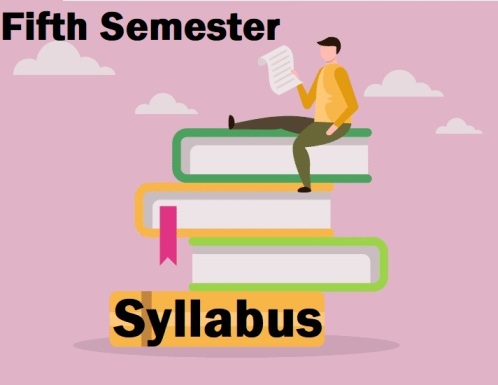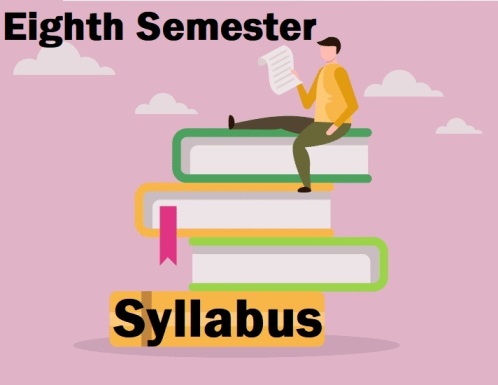Syllabus Fifth Semester Digital Communication EC502
The concepts developed in this course will aid in quantification of several concepts in chemistry that have been introduced at the 10+2 levels in schools. Technology is being increasingly based on the electronic, atomic and molecular level modifications, Syllabus Fifth Semester Digital Communication EC502 is given here.
Quantum theory is more than 100 years old and to understand phenomena at nanometer levels, one has to base the description of all chemical processes at molecular levels. The course will enable the student to:
- Analyse microscopic chemistry in terms of atomic and molecular orbitals and intermolecular forces.
- Rationalise bulk properties and processes using thermodynamic considerations.
- Distinguish the ranges of the electromagnetic spectrum used for exciting different molecular energy levels in various spectroscopic techniques
- Rationalise periodic properties such as ionization potential, electronegativity, oxidation states and electronegativity.
- List major chemical reactions that are used in the synthesis of molecules.
EC 502 – Digital Communication
Matched filter and correlator detector. Gram Schmidt orthogonalization procedure and concept of signal space for the computation of probability of error, calculation of error probability for BPSK, QPSK, QAM and coherent BFSK, comparison of different modulation techniques.
Concept of information theory, entropy, information rate, channel capacity, Shannon’s theorem, Shannon Hartley theorem , BW and signal to noise ratio trade off, sources encoding, extension of zero memory source, Error correcting codes: linear block codes and cyclic codes: encoder and decoder circuits, burst error correcting codes, concept of convolution codes.
Books Recommended
1. Communication Systems –Simon Haykins, Wiley
2. Principle of Communication Systems-Taub and Schilling, Tata McGraw-Hill
3. Communication Systems-Singh and Sapre, Tata McGraw-Hill


